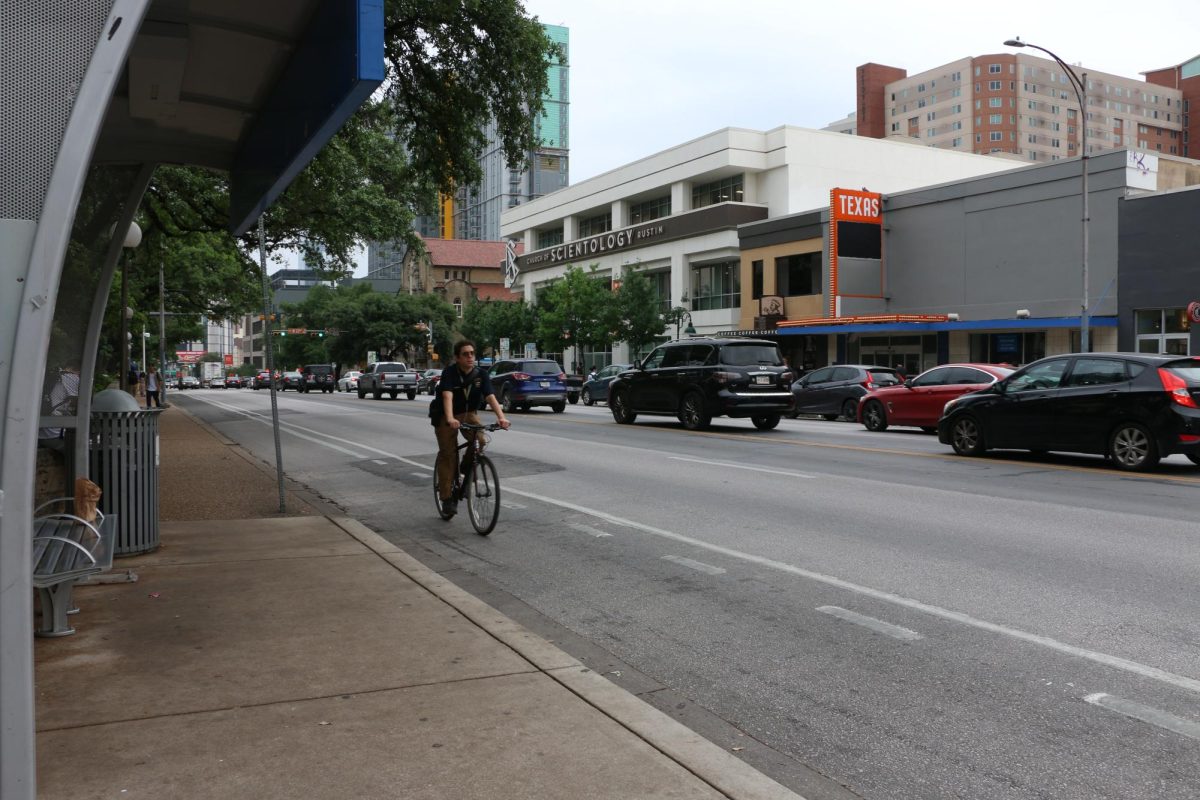AUSTIN — Opponents of a new Republican congressional redistricting plan in Texas are hoping to prove in federal court the plan illegally dilutes minority voting strength.
A trial to determine the legality of the redrawn congressional and state House districts is set to begin Tuesday before a three-judge panel in San Antonio. Several lawsuits filed against the plans have been consolidated into one and will be considered during the nine-day trial.
The new congressional map was designed by the GOP-led Legislature and signed by Republican Gov. Rick Perry. It was drawn with the goal of protecting and possibly expanding the GOP’s 23-9 majority in Texas’ delegation in Washington. The state constitution requires the Texas Legislature to redraw voting lines once a decade to reflect population changes as measured by the U.S. Census.
Democrats argue the Republican plan splits Hispanic and black communities so that conservative white residents would be more likely to win seats in Congress.
Texas Attorney General Greg Abbott, whose office serves as the state’s attorney, did not return calls seeking comment. In court filings, Abbott contends the map maintains or increases the ability of minority voters to elect their candidate of choice in each district.
The new map adds four seats to reflect population growth, driven mostly by Hispanics. More than 87 percent of the state’s growth has been among minorities, and activists have called for more representation for those groups.
The Voting Rights Act requires map drawers to give special protection to districts that contain mostly minorities. Hispanics have tended to favor Democrats, but they traditionally have not turned out to vote in comparatively high numbers.
Matt Angle, a political strategist who is representing a group of plaintiffs in the case, called the Republican-drawn map “cynical.”
“They’re playing games with numbers,” he said. “They say they created two new Hispanic districts but they didn’t.” He argues the new map simply replaces two existing minority seats with new ones and added four mostly white, GOP-dominated seats.
“Anglos make up only 45.3 percent of Texas’ population, but under the Republican map, Anglos will control 70 percent of the districts,” he said.
Democrats have complained the map splits the Austin area into five districts, denying the most Democratic part of the state a single seat and making it difficult for Democratic Rep. Lloyd Doggett, a perennial antagonist of Republican leaders, to get re-elected. His Austin-based district would favor a Republican candidate in a mostly white district stretching from Austin to Fort Worth.
“Republicans don’t want Travis County to serve as the base of any district because Travis County is one of the few places in the state that, as a county, votes Democratic and has Anglos that are Democrats,” he said. “They want to pack minority voters into as few districts as possible and crack a few of them into safe Republican districts.”
Under the Voting Rights Act, new Texas maps must be cleared by the U.S. Dept. of Justice to ensure the changes do not diminish minority representation. That case is pending in Washington.
The three-judge panel in San Antonio has said the trial will last nine days, ending Sept. 16. Proceedings have been sped up in order to meet several election deadlines before the March 2012 primary.




















